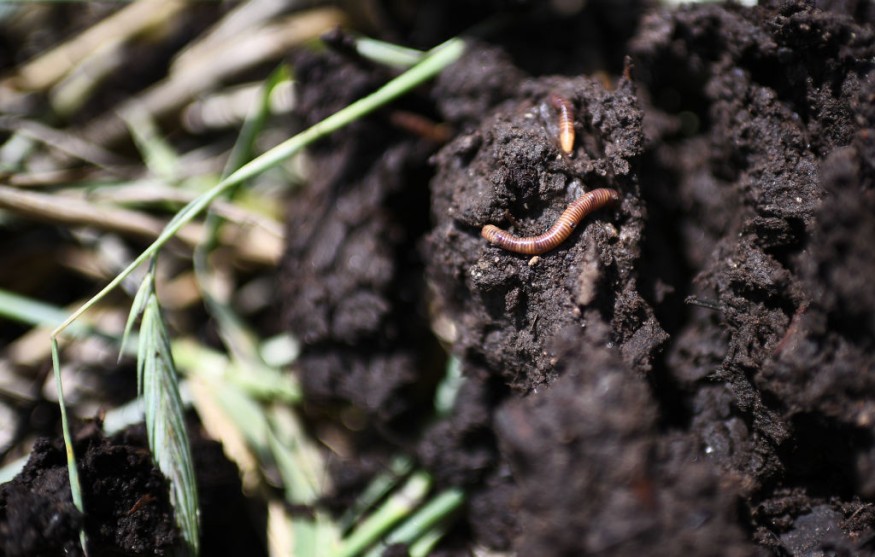Worm moon, also called as the final full moon of winter, will reveal itself in the night skies of Monday and Tuesday, March 6 and March 7. Being the first full moon of March, this phase of the celestial body signifies the approaching end of the winter season and the start of the spring season in the Northern Hemisphere. If the weather is clear, the full worm moon can be seen even by the naked eye.
Full Worm Moon

To be specific, the worm moon will reach its peak illumination or brightest phase at approximately 7:40 a.m. ET on Tuesday, USA Today reported. This means the full worm moon can be seen for two nights.
In previous years, this time of the year has been coincided by an equinox full moon. In the night of the 20th and 21st of March in 2019, the first full moon of spring for the Northern Hemisphere appeared in what will be known as the "full supermoon" of the March 2019 equinox.
While the latter words such as 'supermoon' and 'full moon' have been widely used, the term 'worm moon' is relatively not as popular for all.
What is a Worm Moon?

According to the Almanac website, March's first full moon refers to the re-emergence of earthworms from the soil which has soften and warmed up during the beginning of the spring; this phenomenon attracts robins and other birds to feed on the worms.
Linguistic authorities or experts believe that Native Americans who lived in the northern and eastern United States hundreds of years ago have connotated the name of the March moon. This is based on The Old Farmer's Almanac, where the full moon names came from several places and not only by Native American sources, but also Colonial American and European sources.
The Almanac further explains that while the earthworm phenomenon is the evident reason for the connotation of the worm moon, additional research revealed another explanation. In the 1760s, Captain Jonathan Carver reportedly visited the Naudowessie (in what is now Dakota) and other American Indian tribes.
Carver wrote the name worm moon refers to a different species or type of worm called 'beetle larvae' which starts to emerge from bark of trees and other unspecified winter hideouts during the start of spring.
Other Full Moon Names
Other names given to the full moon of March also includes the Paschal Moon, Lenten Moon, Crust Moon, Chaste Moon, Crow Moon, Sugar Moon, and Sap Moon.
As mentioned earlier, the named provided by Native American tribes to the moon is based on real-life scenarios. For instance, the Crow Moon refers to the return of crows in early spring, the Snow Crust Moon after the crust on top of the snow melts and re-freezes, or the Sugar Moon when the maple sap runs again, according to the website timeanddate.
Related Article: Full Moon Might Reveal a Nighttime Rainbow on Saint Patrick's Day
© 2025 NatureWorldNews.com All rights reserved. Do not reproduce without permission.





